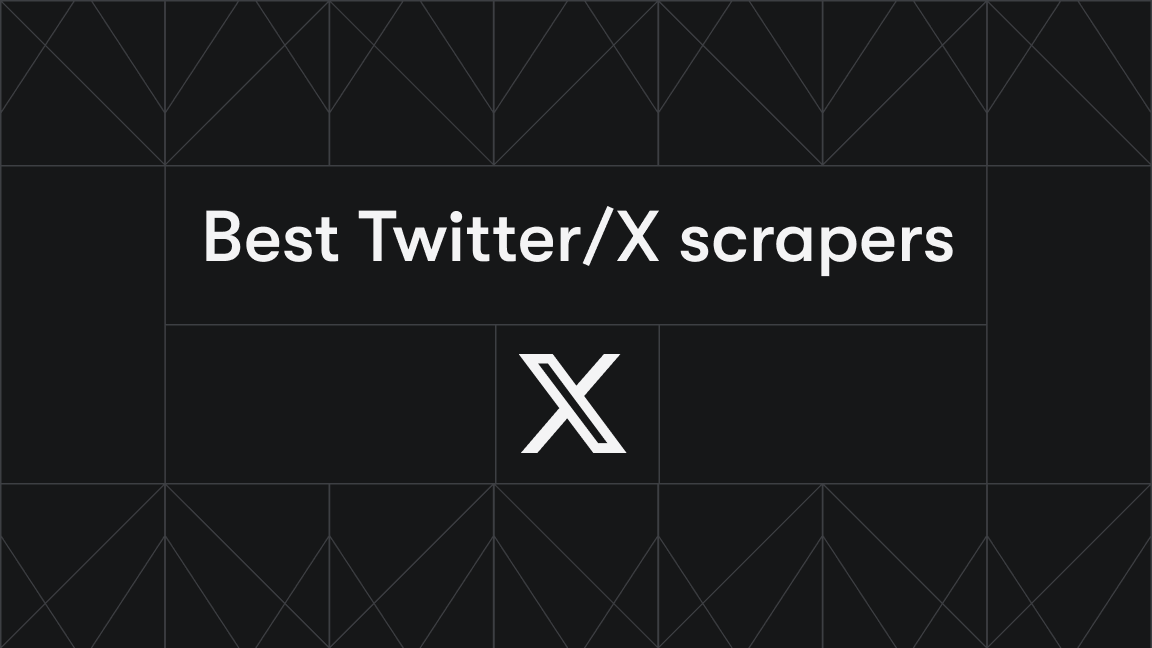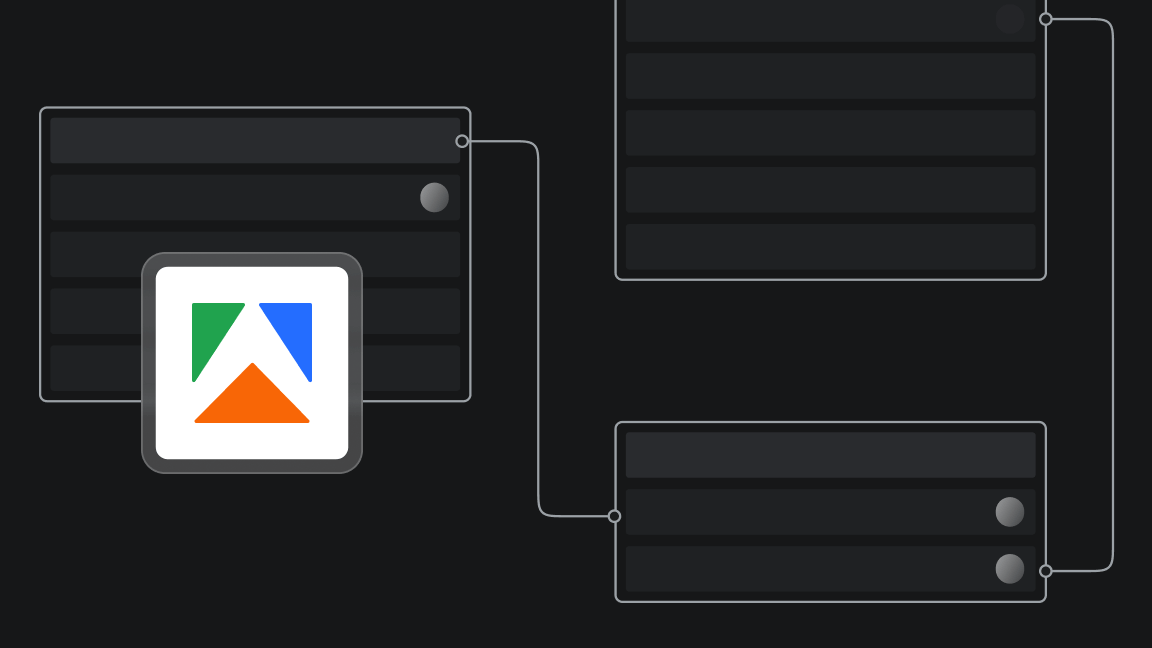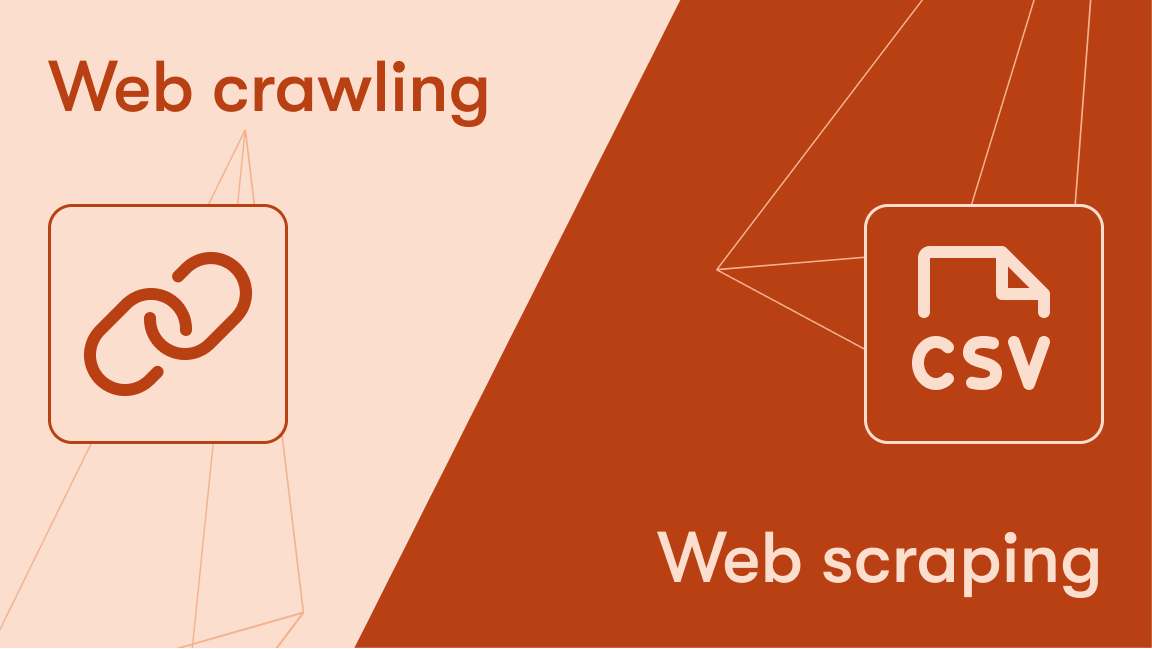We’re entering a new world in which data may be more important than software - Tim O'Reilly
We all know that data is fundamental to any business enterprise. But without the tools to exploit the potential of that data, any business is doomed to lose out to the more data-savvy competition. The exponential growth of data since the 1990s gave rise to something called big data. In 2018, Charles Fox defined it this way: "Big data is where parallel computing tools are needed to handle data."
In this article, we will learn about managing big data, why you need structured data, and what tools can help you.

What is big data and why structured data matters
Data scientists often refer to the 3 Vs of big data: volume, velocity, and variety.
- Volume
Over 2.5 quintillion bytes of data are generated worldwide every day. It is predicted that the amount of data subject to data analysis will reach 5.2 zettabytes by 2025.
- Velocity
People are generating data faster than ever. In 2018, 90% of the world’s data had been created between 2016 and 2017. Already the 2020s are being defined by collecting real-life web click events. Data velocity will only slow down when humans stop generating it. Unless there is a zombie apocalypse, that’s not likely to happen.
- Variety
Data does not only come in the form of structured data (strictly formatted files like spreadsheets). It is estimated that 80% of the world’s data is unstructured (social media activity, .wav files, videos, graph collections, emails, text messages, and chats).
With so much unstructured data being generated so rapidly, it is clear that what matters is not the size of our data but how we use it. To unlock the potential of all this information and enable computers to read it, we need structured data. We will find out how you can process and utilize data at scale quickly and efficiently. But before we get to that, we need to better understand the differences between structured and unstructured data.

What is structured data?
When we say structured data, we mean data that is organized into categories according to a predefined data model and rigid schema. A data schema refers to the organization of data as a blueprint of how the database is constructed.
Structured data has elements that can be used for practical analysis. Any information stored in a database in a table with rows and columns would be structured data.
Do any structured data examples spring to mind? Think of an HR department with its database of staff. This database would include personal employee information, such as date of birth, start date, salary, and so on. Pretty much anything that would fit into an Excel spreadsheet constitutes structured data.
What are three common types of structured data?
- Names of clients
- Addresses separated into fields (e.g. street, zip code, country)
- Dates that orders were placed
You can have data without information, but you cannot have information without data - Daniel Keys Moran
What is unstructured data?
Unstructured data is a bit of a misnomer. It does have an inner structure, but we don’t have a data model or schema when collecting it. We might organize it and clean it up after collection.
Unstructured data refers to emails, documents, messages, videos, and so forth. Such files may have metadata attached (e.g. date sent/modified, author/sender). Even though metadata could be considered structured (more about that later), the content is not organized by rows and columns.
What are three unstructured data examples?
- Images, like your Instagram photos or satellite imagery.
- Videos, such as YouTube shots or your TikTok videos.
- Text, like your messages on Twitter and Facebook, emails, or support chat transcripts.
What is the difference between structured and unstructured data?
There are three key differences between structured and unstructured data you should keep in mind:
| Structured data | Unstructured data |
|---|---|
| Clearly defined and searchable | Stored in its native format |
| Easy to process and analyze | Requires time, effort, and skill to process and understand |
| Exists in predefined formats | Exists in a variety of formats |
Structured and unstructured data are not the only two forms of data. There is a third option: semi-structured data.
What is semi-structured data?
Semi-structured data is the halfway house between structured and unstructured data. It has a flexible schema but no predefined data model. It organizes data at the time of collection using tags and semantic elements, but the definitions of those tags and semantic elements are undetermined.
What are three semi-structured data examples?
- JSON
Also known as JavaScript Object Notation, JSON is one of the most widely-used data types. The majority of APIs return data in JSON format.
- XML
XML (Extensible Markup Language) organizes data into a hierarchical data structure. It is only semi-structured rather than structured because the content within those hierarchies is flexible.
- Metadata
Metadata is the data about your data. It is often attached to many types of unstructured data. Think of the timestamps or the locations identified in your Google photo library.
How to structure my data?
So, how can you harness the power of all the information out there and use it to improve your business? What can you do to get a hold of all that unstructured data and make it usable? Extracting so much data and putting it into machine-readable format is not a task for humans: you need automation. That is where Apify comes to the rescue. To scrape the web for you and give you shareable data.
Data sharing plays a crucial role in maximizing the potential of structured, unstructured, and semi-structured data. Collaborative efforts in sharing data facilitate comprehensive analysis, enabling organizations to gain deeper insights and make informed decisions.
How Apify gives you structured data
Apify is your one-stop shop for web scraping and automation. With Apify’s data extraction tools, you can automate data collection from websites and databases. That means you can quickly and efficiently acquire structured or semi-structured data without code and integrate that data with external models. Once you have gathered the data you are looking for, you can download it in several structured formats: HTML table, JSON, CSV, Excel, XML, and RSS feed.
If you want to know more about what automated web scraping can do for you, you might like to read 5 ways web scraping can improve your business, or read about some use cases to learn how web scraping and browser automation with Apify can help your business grow. You can even just start using our hundreds of ready-made web scraping tools to see how they can deliver structured or semi-structured data for your web scraping or automation projects.
Further reading
- WTF?: What's the Future and Why It's Up to Us by Tim O'Reilly
- Data Science for Transport: A Self-Study Guide with Computer Exercises by Charles Fox
- The Long Run: A Tale of the Continuing Time by Daniel Keys Moran







